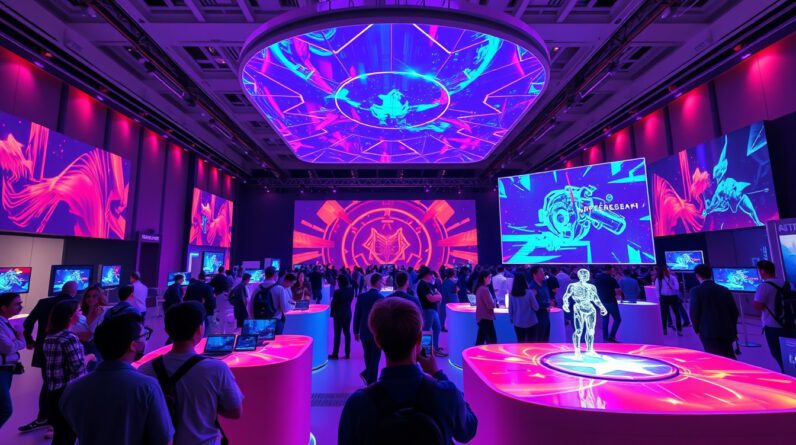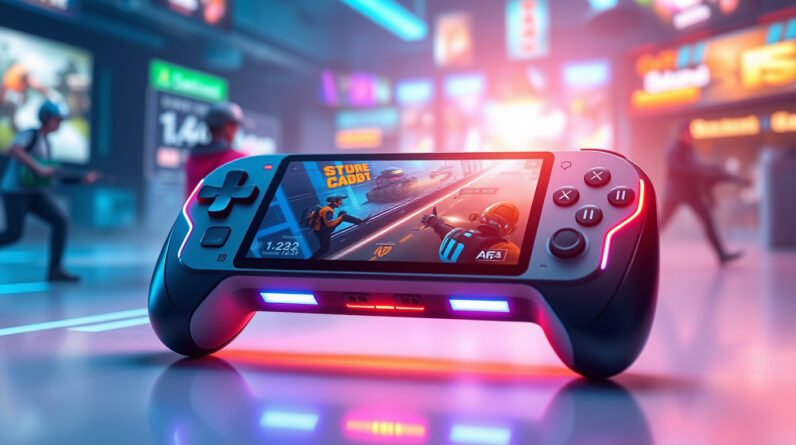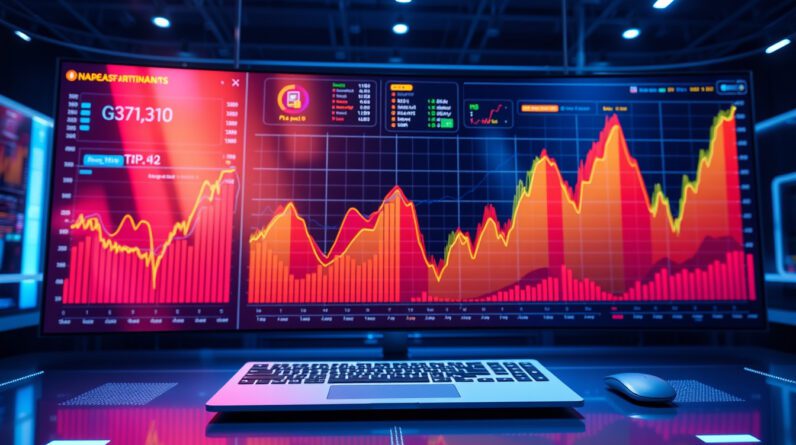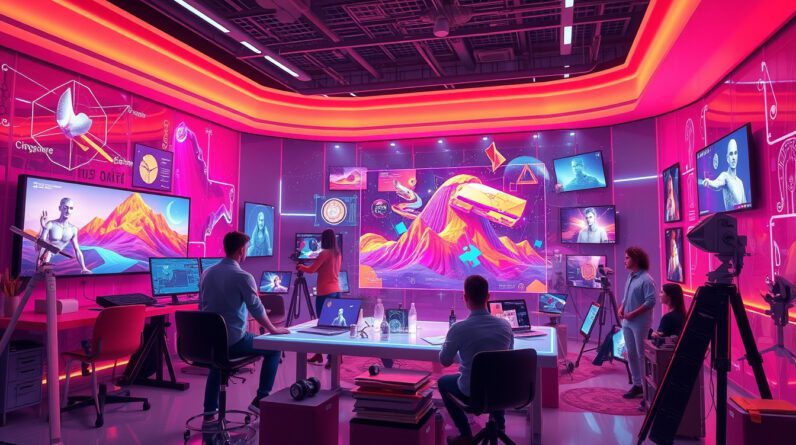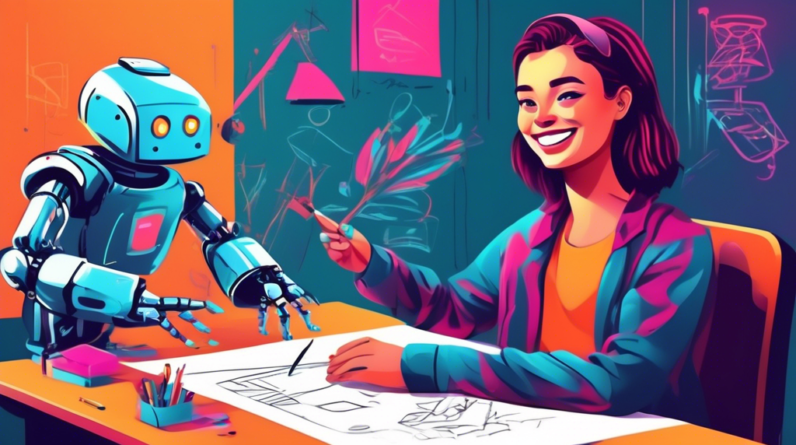
Introduction
The rapid advancements in Artificial Intelligence (AI) have sparked both excitement and apprehension across various industries. While AI promises increased efficiency and automation, it has also fueled concerns about job displacement. One profession often mentioned in discussions about AI’s impact is graphic design. The creative nature of this field leads many to believe that human designers are immune to the threat of AI takeover. This article will delve into three key reasons why graphic designers can be optimistic about their future in the age of AI.
1. AI Lacks the Human Touch of Creativity and Emotional Intelligence
Graphic design is not merely about arranging visual elements; it’s about conveying messages, evoking emotions, and forging connections with the target audience. Human designers possess a unique ability to understand and manipulate emotions through their work, a quality that AI currently lacks. Let’s break down why:
- Empathy and Nuance: Humans have an innate capacity for empathy, allowing them to connect with the emotional needs and desires of their audience. This understanding enables designers to create visuals that resonate deeply and elicit the intended emotional response.
- Subjectivity and Interpretation: Design is subjective, often relying on personal experiences, cultural backgrounds, and individual interpretations. While AI can analyze vast datasets of visual information, it struggles to grasp the nuances of human perception and the subjective nature of aesthetics.
- Conceptual Thinking and Originality: Truly exceptional design requires going beyond the obvious and coming up with fresh, innovative ideas. This level of conceptual thinking and originality is still a domain where human creativity thrives.
Consider a logo design project. AI can generate numerous variations based on predefined parameters, but it cannot truly understand the brand’s values, mission, and the emotions it aims to evoke in its customers. A human designer, through research, empathy, and creative intuition, can translate these intangible elements into a logo that effectively represents the brand’s essence.
While AI can assist with tasks like image resizing or color palette generation, it’s the human designer’s emotional intelligence and creative spark that breathe life and meaning into a design, making it impactful and memorable.
2. The Evolving Role of the Designer: Collaboration, Not Replacement
Rather than viewing AI as a threat, graphic designers are increasingly embracing it as a powerful tool that can augment their capabilities and streamline workflows. This collaboration fosters a symbiotic relationship where designers can focus on higher-level creative tasks while AI handles repetitive or data-driven aspects of the job. Here’s how this collaboration unfolds:
- Automating Repetitive Tasks: AI excels at automating time-consuming tasks such as image cropping, resizing, and color adjustments. By offloading these mundane duties to AI, designers can dedicate more time to ideation, experimentation, and refining their creative vision.
- Generating Design Options and Inspiration: AI-powered tools can analyze design trends, user preferences, and competitor data to generate a range of design concepts and layouts. While these serve as a starting point, designers can then leverage their expertise to curate, refine, and elevate these options into truly unique and impactful designs.
- Personalization at Scale: AI’s data processing capabilities shine when it comes to creating personalized design experiences. Designers can leverage AI algorithms to tailor designs based on user demographics, browsing history, and other data points, delivering personalized visuals that resonate with specific target audiences.
This shift towards a collaborative model signifies an evolution in the role of the graphic designer. They are no longer just creators of visual content but strategic thinkers, creative directors, and curators of AI-generated assets. This collaboration ultimately enhances productivity, expands creative possibilities, and allows designers to focus on the human-centric aspects of their craft.
3. The Demand for Human-Centered Design is on the Rise
In a world increasingly saturated with technology, the demand for authentic, human-centered design experiences has never been greater. Consumers crave brands that connect with them on an emotional level, prioritize empathy, and offer personalized experiences. This is where the irreplaceable value of human designers truly shines. Let’s explore why human-centered design is essential:
- Building Trust and Connection: Consumers are becoming increasingly wary of impersonal, automated interactions. Human-designed experiences, imbued with empathy and understanding, play a crucial role in building trust and fostering genuine connections between brands and their audiences.
- Crafting Authentic Brand Narratives: Every brand has a story to tell. Human designers excel at weaving together visuals, messaging, and emotions to create compelling brand narratives that resonate with target audiences. This ability to connect on a deeper level goes beyond what AI can achieve with data analysis alone.
- Solving Complex Design Challenges: Design challenges often involve navigating ethical considerations, cultural sensitivities, and addressing user needs in a nuanced way. Human designers, with their capacity for critical thinking, ethical awareness, and emotional intelligence, are better equipped to tackle these multifaceted problems.
As AI becomes more integrated into our lives, the need for human-centered design will only continue to grow. Businesses will seek designers who can bridge the gap between technology and human emotion, ensuring that their brands remain relatable, trustworthy, and aligned with the evolving needs of their customers. This emphasis on human-centered design practices solidifies the long-term value and relevance of human graphic designers in the age of AI.
Conclusion: Embracing the Future of Design
While AI undoubtedly introduces transformative changes to the graphic design landscape, it does not spell the end for human creativity in this field. Instead, it presents an opportunity for designers to evolve, adapt, and harness the power of AI as a collaborative tool. By focusing on their strengths—emotional intelligence, empathy, and creative problem-solving—graphic designers can confidently navigate this evolving landscape. The future of design is not about replacing humans with machines, but about fostering a powerful synergy between human ingenuity and artificial intelligence, leading to a new era of creative possibilities.

